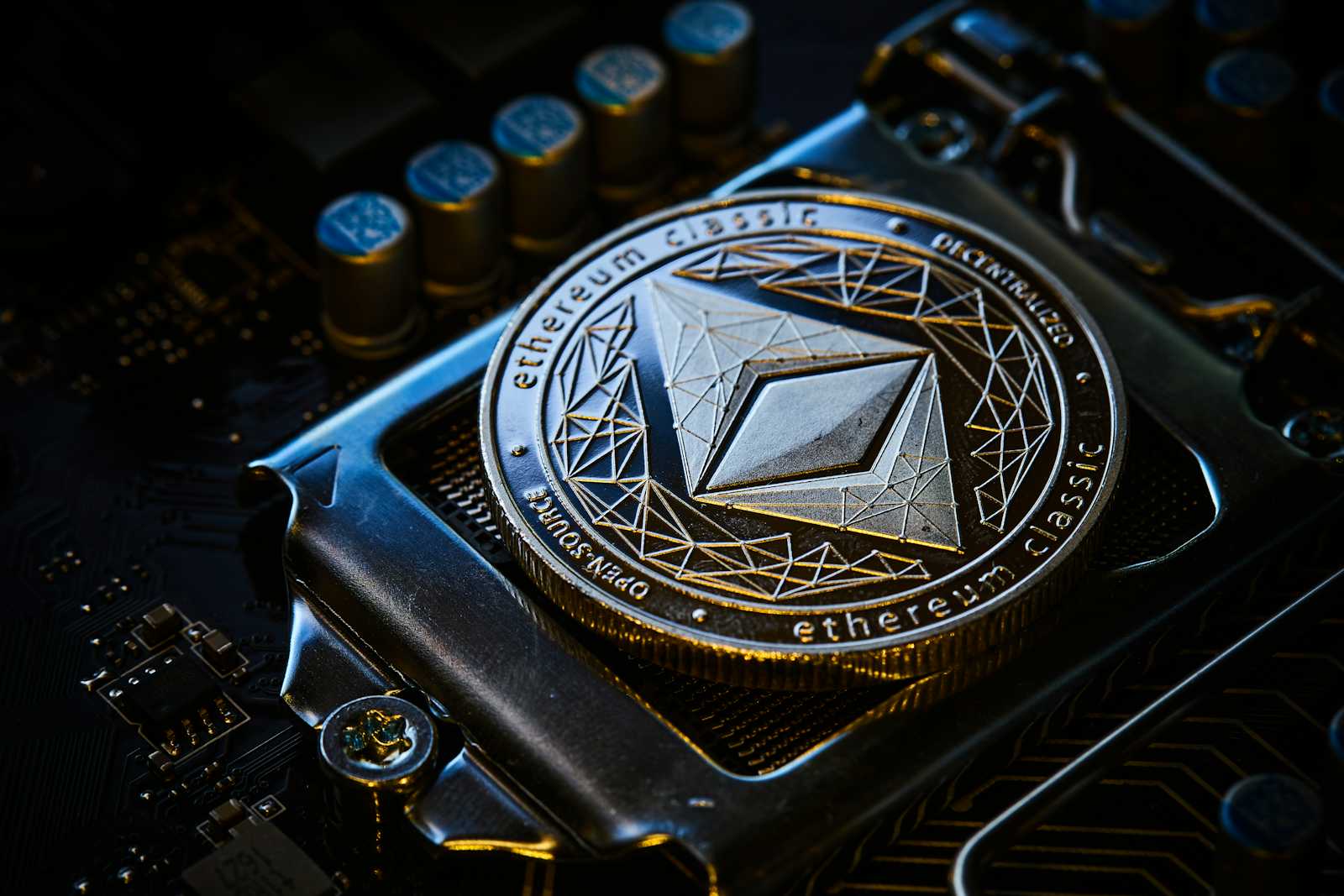What is Ethereum and How Does it Work in Blockchain Technology?
 Gautham R Vanjre
Gautham R Vanjre
Ethereum is a decentralized, open-source blockchain platform that enables developers to create and deploy smart contracts and decentralized applications (DApps). It was proposed in 2013 by programmer Vitalik Buterin, and it aims to go beyond Bitcoin’s financial transactions by allowing programmable code on the blockchain. Launched in 2015, Ethereum quickly became the go-to blockchain for applications that require more than just sending and receiving cryptocurrency.
How Ethereum works with Blockchain Technology
Blockchain technology underpins Ethereum. It is a distributed ledger maintained by a network of computers, or nodes, each containing a copy of all the transactions made on the network. When new data (like transactions or smart contract executions) is added, all nodes update their copies to reflect this. This transparency and decentralization make the blockchain secure and immutable—once data is recorded, it cannot be altered.
Ethereum uses its own cryptocurrency, called Ether (ETH), as "fuel" for the network. Developers use ETH to pay for computational resources when running their applications on the blockchain.
How Does Ethereum Work?
Ethereum's unique selling point lies in its ability to execute code through smart contracts, a feature that sets it apart from other blockchains. Here’s how it works:
Smart Contracts: A smart contract is a self-executing program stored on the Ethereum blockchain. It runs only when predefined conditions are met. For instance, a smart contract could automatically transfer funds from one user to another when certain conditions (like a deadline or a milestone) are satisfied. Once deployed, these contracts can operate autonomously without further human intervention.
Ethereum Virtual Machine (EVM): The Ethereum Virtual Machine (EVM) is a runtime environment where smart contracts are executed. Each node on the Ethereum network runs the EVM, and every transaction or contract is processed identically across all nodes, ensuring consistent results and reliability. This allows developers to deploy code that behaves predictably, no matter where or when it runs.
Consensus Mechanism: Ethereum initially used a Proof of Work (PoW) system, where miners solve complex computational puzzles to add new blocks to the chain. However, Ethereum recently transitioned to Proof of Stake (PoS) with the Ethereum 2.0 upgrade, where validators (instead of miners) lock up ETH as a stake. PoS is more energy-efficient, as it removes the need for energy-intensive mining, and it enhances network scalability.
We will cover each of these topics in great detail in upcoming blogs
Applications of Ethereum
The flexibility of Ethereum’s platform has led to the development of a range of applications beyond digital currency, including:
Decentralized Finance (DeFi): DeFi applications aim to recreate traditional financial services, like lending and borrowing, without intermediaries. Examples include Aave, Compound, and Uniswap, which allow users to lend, borrow, or trade assets without banks.
Non-Fungible Tokens (NFTs): NFTs are unique digital assets representing ownership of specific items, from art and music to virtual real estate. Ethereum is the dominant blockchain for NFTs, thanks to its ability to handle complex smart contracts.
Decentralized Autonomous Organizations (DAOs): DAOs are groups governed by code instead of traditional management. Members make collective decisions, like voting on proposals or funding new projects, through smart contracts.
Conclusion
Ethereum has transformed blockchain technology by allowing code execution through smart contracts, making it possible to build complex decentralized applications. It has grown to power financial services, digital collectibles, gaming, and more, contributing to the rise of Web3—a decentralized, user-owned internet. As Ethereum continues to evolve with innovations like Proof of Stake and sharding, it is set to remain a cornerstone of blockchain technology, offering a foundation for building decentralized solutions for a wide range of industries.
This is the Fifth blog in the series of understanding Web3 and Blockchain Concepts. Make sure to subscribe to my newsletter to read any blogs that I publish. I try to keep the blog small and simply explain the topic in as simple way as possible.
If you have any questions, you can contact me via LinkedIn and Twitter. Leave all your comments and suggestions in the comment section. Let's connect and share more ideas.
Happy Learning!
Subscribe to my newsletter
Read articles from Gautham R Vanjre directly inside your inbox. Subscribe to the newsletter, and don't miss out.
Written by

Gautham R Vanjre
Gautham R Vanjre
SDE-1 @HashedIn by Deloitte | Passionate about Web and Mobile Development | 🌐 Turning ideas into digital solutions | #JavaScript #React #NodeJS #WebDev #Typescript #MobileDev 🚀